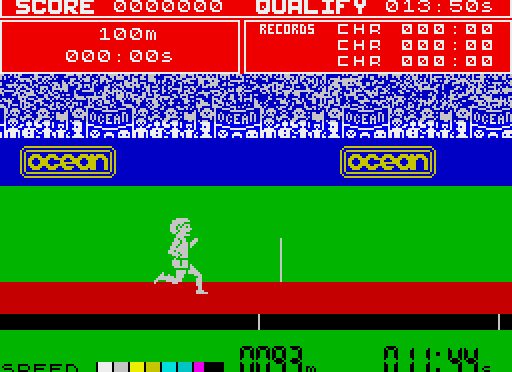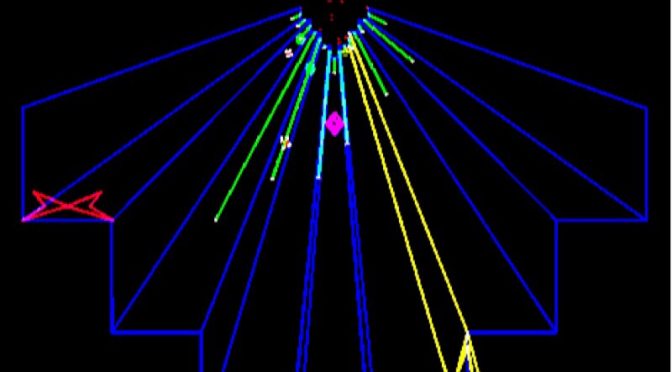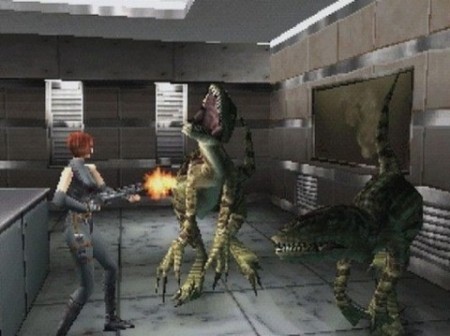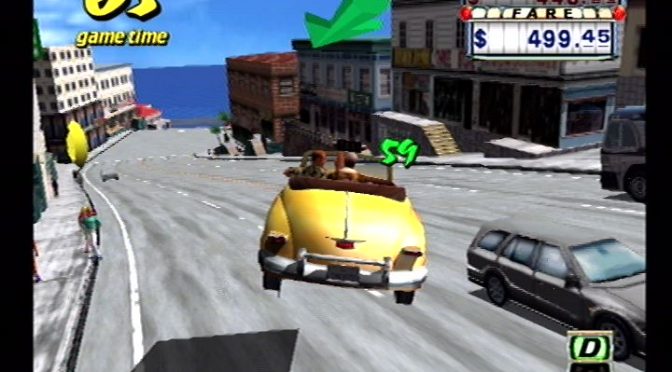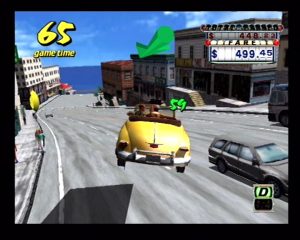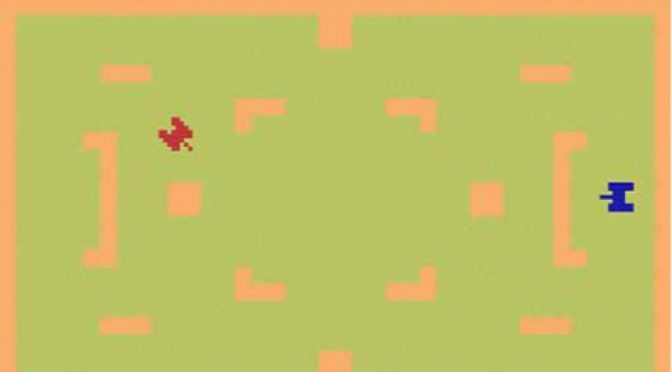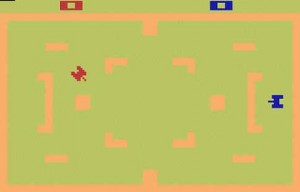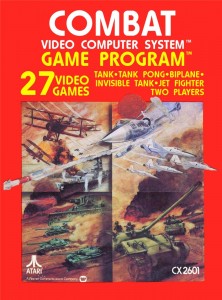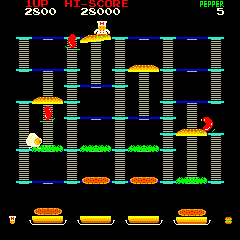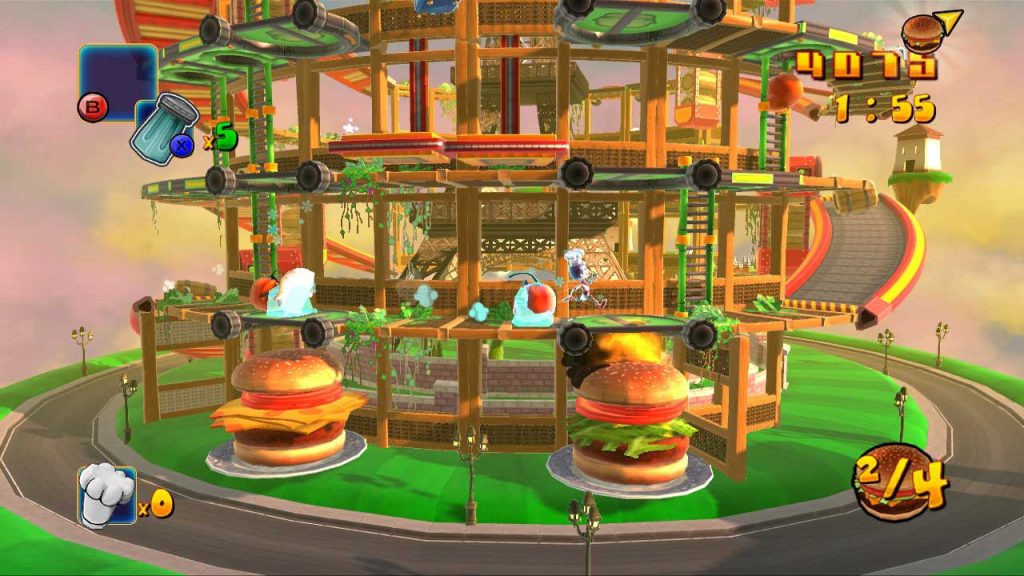Like many sports games, definately a game “of it’s era”. Who over the age of 35 could forget Daley Thompson’s cheeky performances in the 1980 and 1984 Olympics? He was a hero to every boy in the UK at the time, me included, and I once got to meet him at my local athletics club, albeit fleetingly…
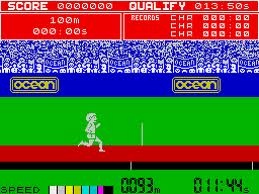
Anyway, this game was loosely based on Konami’s Track and Field, and was notable for 2 reasons:
1) Daley Thompson was a black athlete, and yet (probably due to the Spectrums dreadful pallette and colour clash) he appeared in the game as a totally white sprite
2) Daley Thompson’s Decathlon broke a LOT of joysticks due to the frantic waggling required to make Daley run – you could use the keyboard but the rubber membrane would also give up the ghost after too much bashing.
Like the regular Olympic event, the game is set over two days in which Daley must compete in the 100 metres, long jump, the shot, high jump and the 400 metres, 110 metres hurdles, pole vault, discus, javelin and finally the 1500 metres.
Using a similar approach to the Track and Field game on which it is based, waggling or button bashing is required to build speed, and buttons pressed at the right time to either jump or throw depending on the event. My personal favourites were the Javelin and the High Jump, which required both speed and perfect timing in order to progress. Each event required a certain score to qualify and move on to the next stage.
Despite looking a bit pale, Daley himself had some very smooth animation, with reactive controls that enabled some pixel perfect jumps to be executed, important at the later stages of the game which became very tricky.
The game was followed by 2 sequels on the Spectrum, Daley Thompson’s Supertest and Daley Thompson’s Olympic Challenge, as well as conversions for the Amstrad CPC and C64, but it was the original Spectrum version that will be best remembered by retro gaming fans.
